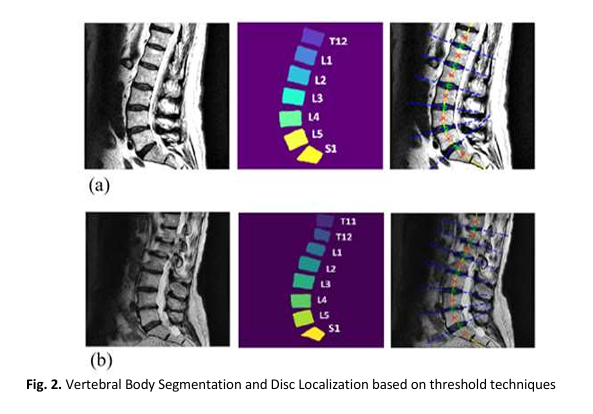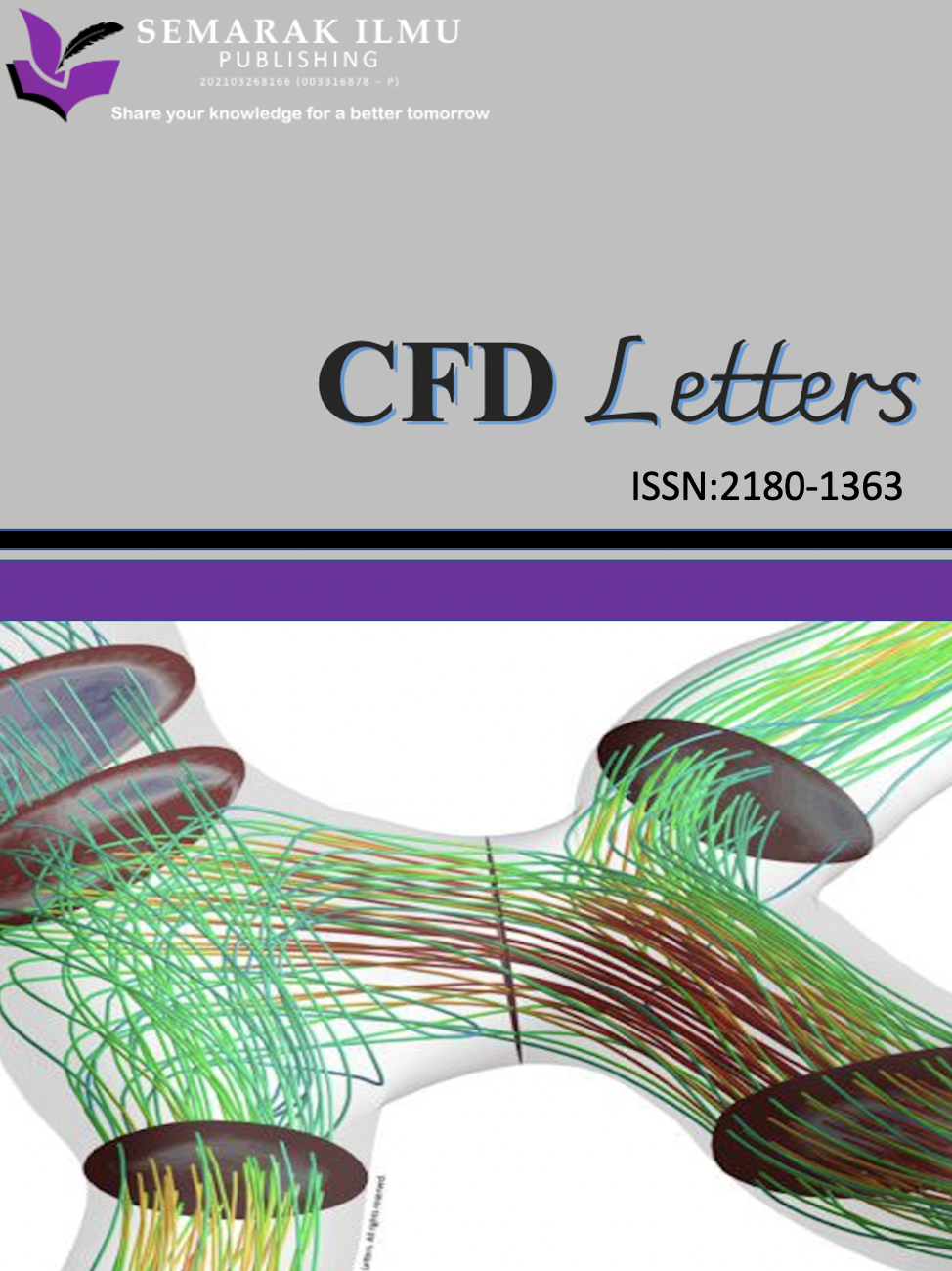Spine Tumor Segmentation using Deep Learning: A Review
DOI:
https://doi.org/10.37934/ard.136.1.169196Keywords:
Spine haemangioma, tumor, MRI segmentation, Convolutional Neural Networks (CNN), Deep LearningAbstract
he field of medicine has been significantly impacted by technological advancements, particularly in digital imaging and image processing. These advancements have revolutionized early disease detection, computer-aided diagnosis, minimally invasive procedures, and image-guided surgeries. However, medical images, including spine tumors, often face challenges such as low contrast, noise, and artefacts, which impede accurate diagnosis. This paper reviews spine tumor image segmentation techniques utilizing Deep Learning (DL). It explores the crucial role of image segmentation in isolating specific anatomical structures, such as spine tumors, for precise diagnosis. DL has shown great potential in medical image segmentation, learning hierarchical features directly from raw data without manual feature engineering. The review highlights the significance of early spine tumor detection, classifies tumor types, and examines features of benign and malignant tumors. It emphasizes the role of accurate segmentation in improving surgical outcomes and advancing computer-aided diagnostic systems. Additionally, challenges in standard MRI protocols for distinguishing intradural from extradural tumor compartments are addressed, proposing advanced imaging techniques and DL models as solutions.
Downloads























